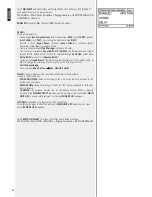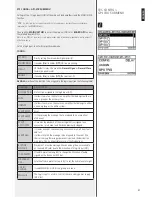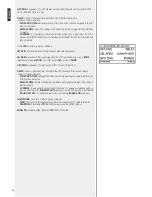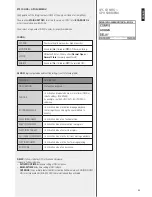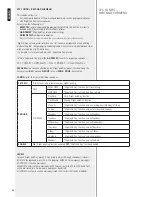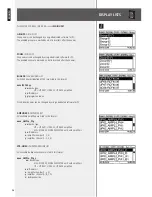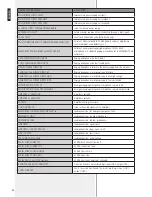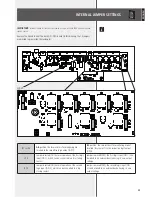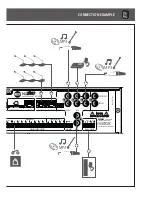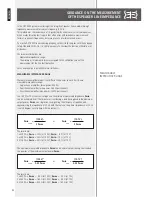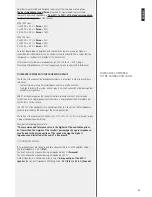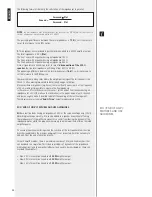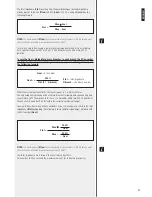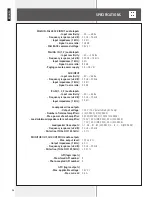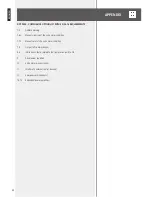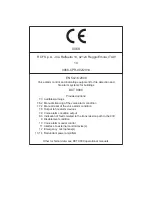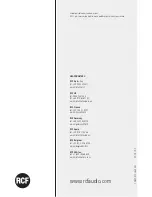
53
ENGLISH
TOLERANCE COMPARED
TO THE CALIBRATION VALUE
Amplifiers are protected and designed to operate at their maximum rated power.
The best impedance range (Zmon)
, in which its measurement is more stable,
immune to errors and repeatable, is
from 50% to 100% of the load corresponding
to the maximum power
of the channel.
With 100 V lines:
1 x 500 W
→
20 Ω ≤
Zmon
≤ 40 Ω
2 x 250 W
→
40 Ω ≤
Zmon
≤ 80 Ω
4 x 125 W
→
80 Ω ≤
Zmon
≤ 160 Ω
With 70 V lines:
1 x 500 W
→
10 Ω ≤
Zmon
≤ 20 Ω
2 x 250 W
→
20 Ω ≤
Zmon
≤ 40 Ω
4 x 125 W
→
40 Ω ≤
Zmon
≤ 80 Ω
Note that (depending on amplifiers and tolerances of sensors) measures higher or
lower than the indicated limits can be similarly accurate and valid. These values shall be
considered as ‘confidence thresholds’ of the line control.
In fact, sensors could measure impedances (at 20 Hz) in the 5 ÷ 400 Ω range.
Measuring of impedances out of that range may be prone to errors and interferences.
TOLERANCE COMPARED TO THE CALIBRATION VALUE
The choice of the speaker line impedance tolerance is important in order to avoid these
two cases:
-
Too low tolerance: every little interference will cause a false line fault.
-
Too high tolerance: the system will not report any fault even with a line damage that
excludes most speakers.
EN54-16 standard requires the system to indicate speaker line faults (short or open
circuits) and not a single speaker fault. Therefore, a single speaker fault is tolerable, but
not the loss of a line section.
In a 100 / 70 V line all speakers are linked in parallel, so a short circuit (total impedance
tends to zero) leads to the opening of the entire speaker line.
The choice of the tolerance (five options: 5%, 10%, 15%, 20%, 25%) is important to get
a proper speaker line monitoring.
Consider the following general rule:
“The recommended tolerance value is the highest of the available options,
but lower than the weight of the smallest percentage change in impedance,
usually due to the disconnection of the speaker having the highest
impedance and installed at the end of a line branch.”
A COUPLE OF EXAMPLES:
1.
Two speaker lines are linked in parallel and connected to a 250 W amplifier output.
The total impedance is 40 Ω (
Ztot
).
The line 1 ends with a speaker having an impedance 600 Ω (
Zmaxend
).
The line 2 ends with a speaker having an impedance 200 Ω.
Since all speakers are linked in parallel, in case of
disconnection of the 600 Ω
speaker
, the line total impedance will change from
40 Ω (Ztot)
to
42.8 Ω (Znoend)
.
Summary of Contents for MX 9502
Page 2: ......


